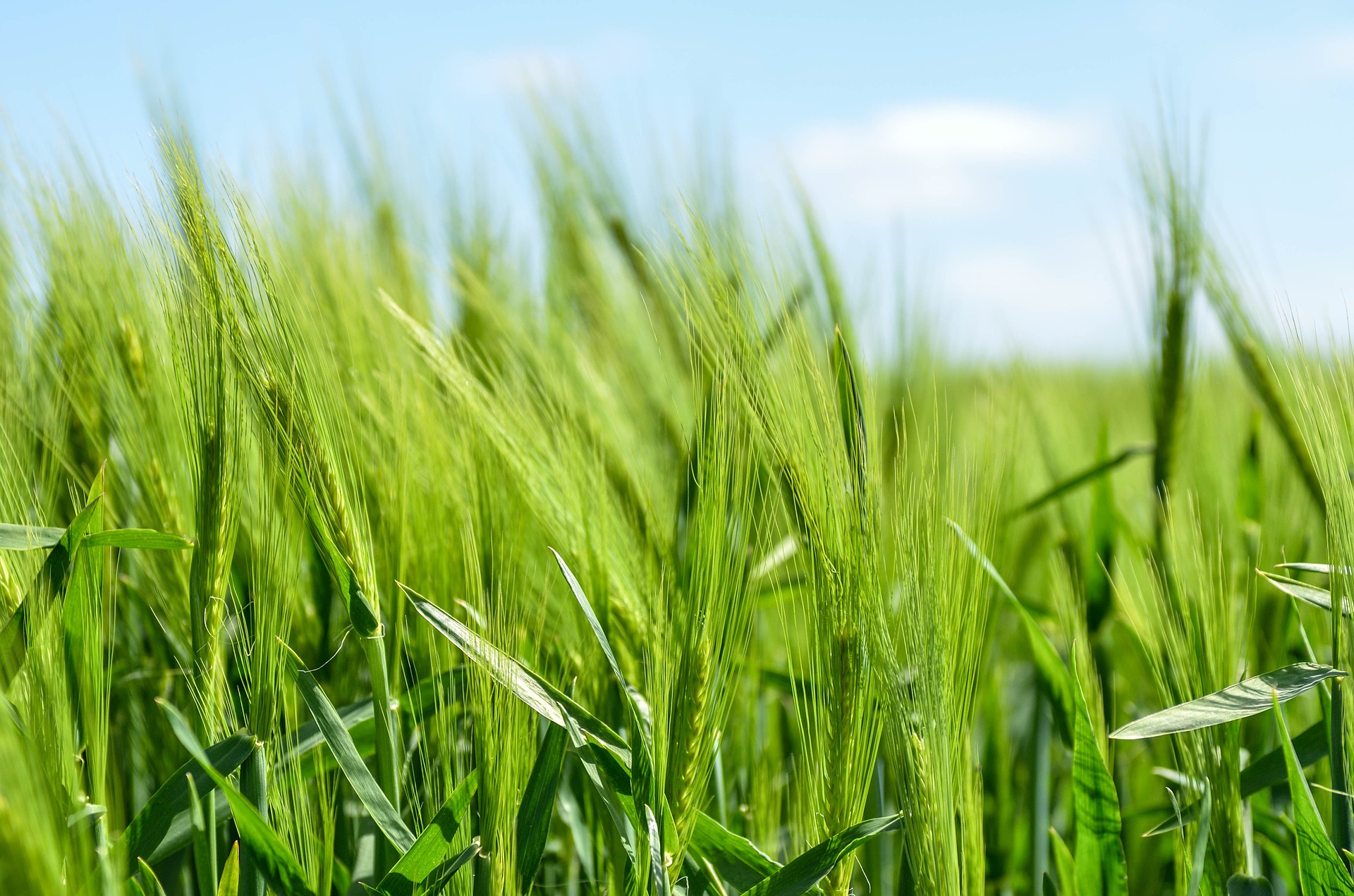Sitting in my non air-conditioned office as I write this, it is hard to escape the facts that once again the food production cycle comes at the mercy of the weather.
Our Scottish Rural Secretary, Fergus Ewing set up his weather advisory panel back in December 2017 in an effort to help farmers and crofters deal with extremes of weather. At the time a harsh winter was on the cards and so it turned out to be with the “Beast from the East” starting at the end of February, then meeting Storm Emma and lasting through Easter to give us some of the worst late winter/early spring weather we’ve faced for many years. Lambing was an absolute disaster on a lot farms and even as the snow and frost receded we were faced with a lack of grass for the surviving lambs due to the cold soil conditions. Spring seemed to last about two days as right away we were plunged from winter to summer and by the end of May, although there was plenty of grass around and crops looked in reasonable shape, we were looking at forecasts of a long dry summer. Heatwaves and a lack of water are now the problems facing that same weather advisory panel which has got its work cut out trying to find solutions to fodder shortages through the rest of the summer and into this coming winter. I have spoken to numerous farmers who have sold extra livestock due to the lack of grass and this has led to a temporary drop in prices, but that will soon change as there will be less animals available to sell later in the year.
I received a note this morning from the Scottish Environment Protection Agency (SEPA) with the title “National Water Scarcity Plan” … That says it all this year as farmers in some parts are looking at dried up river beds with no prospect of water to irrigate their wilting crops.
The next note which appeared in my inbox had the title “wheat prices jump in response to crop concerns in the UK and abroad” and went on to say that wheat imports into the UK will need to be at record levels this season.
The report went on to describe crop failures in Russia, Ukraine and right across the EU and even a warning that our old friend the “El Nino” weather system is likely in the Southern Hemisphere bringing with it droughts and other weather extremes across that half of the globe.
Closer to home, I have relations south of the border who are now feeding 300 dairy cattle on full winter rations as they face scorched brown fields which should normally be part of a green and pleasant land. There’s no prospect of even a second cut of silage, let alone a third and they are left wondering how they will feed those hungry cattle this coming winter.
So, where does all of this leave those who are enjoying the sunshine and blissfully unaware of this mayhem as they lick an ice cream, fire up the barbecue and sip an ice cold beer?
The answer is higher prices are on the way for shopping trolley essentials such as bread, milk, meat, tatties and other vegetables as farmers and growers struggle to fulfill orders from supermarkets.
The gaps on shelves are not going to be filled by supplies from abroad where farmers are facing the same problems with drought as the UK.
In the middle of the “Drought of 2018” as it will be remembered, we are facing another weather extreme affecting our food supplies and yet another headache for that weather advisory panel.
Maybe this is the wake-up call that we need and it’s time politicians and supermarket chiefs worked together to protect our own domestic food supplies … at times like these we need to look after ourselves as we face lowered stocks of food right around the world.
And finally … For those who don’t believe in global warming (Mr. Trump included) … how many more extreme weather events do you need before you might reconsider your opinion?
@farmerjonesy
